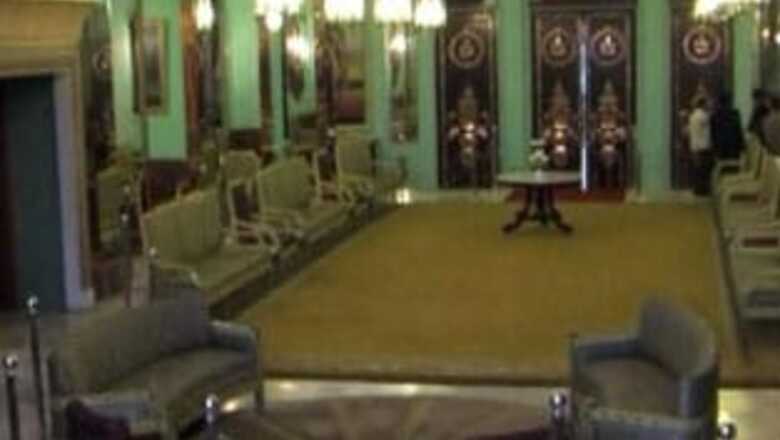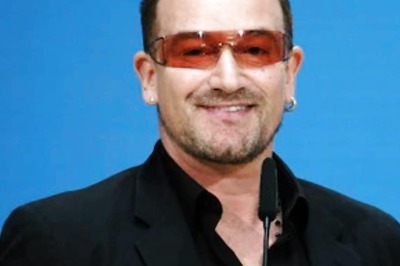
views
Kathmandu: Nepal's Narayanhiti Royal palace, that had been a symbol of the country's monarchy for decades was on Friday thrown open to public as a museum, as hundreds of visitors thronged to get the first glimpse of the royal treasures.
The 240-year old Shah monarchy was abolished in Nepal after the Constituent Assembly elections last year and the last king Gyanendra was evicted from the premises, making the Royal Palace a public property.
Hundreds of people queued to enter the palace on the first day of its public exhibition, with half a kilometer long queue at the old palace, that houses Tribhuvan Sadan, the site of the royal massacre of June 2001, a palace staffer said.
The entrance ticket costs (Nepalese) Rs 100 for tourists from SAARC countries, for the Chinese it costs Rs 250 and for other foreigners Rs 500.
The Museum complex spreads over 40,820 sq ft of the Narayanhiti complex. The complex includes Foreign Ministry office, Security Division of Nepal Army, Special Security Force and Police Division besides the Museum.
The museum was opened on Friday by Premier Prachanda, who said it represented victory of the people over feudalism.
"I declare open the Narayanhiti Palace Museum, which is the symbol of the victory of people over autocratic monarchy which was the symbol of feudalism," Prachanda said.
The building where the massacre took place was demolished during Gyanendra's reign but the spot where it stood has been marked out.
Former premier and Nepali Congress president Girija Prasad Koirala had declared the former Royal Palace a museum on June 15, two weeks after ex-king Gyanendra was dethroned through a majority vote by the Constituent Assembly.
Koirala had also assured to order fresh probe into the eight-year old incident of killings of the family of former King Birendra.
The museum has valuable items including idols, statues, the royal seat, medals and historic cars, including one gifted to the Nepalese monarch by Hitler.
The modern Narayanhiti palace was built by late King Mahendra, father of Gyanendra between 1963 and 1969. King Prithvi Bir Bikram Shah, great grand father of Gyanendra moved to this palace from the old Hanumandhoka Palace towards the end of 19th century.
Gyanendra is currently in India on a two-week long visit.

















Comments
0 comment